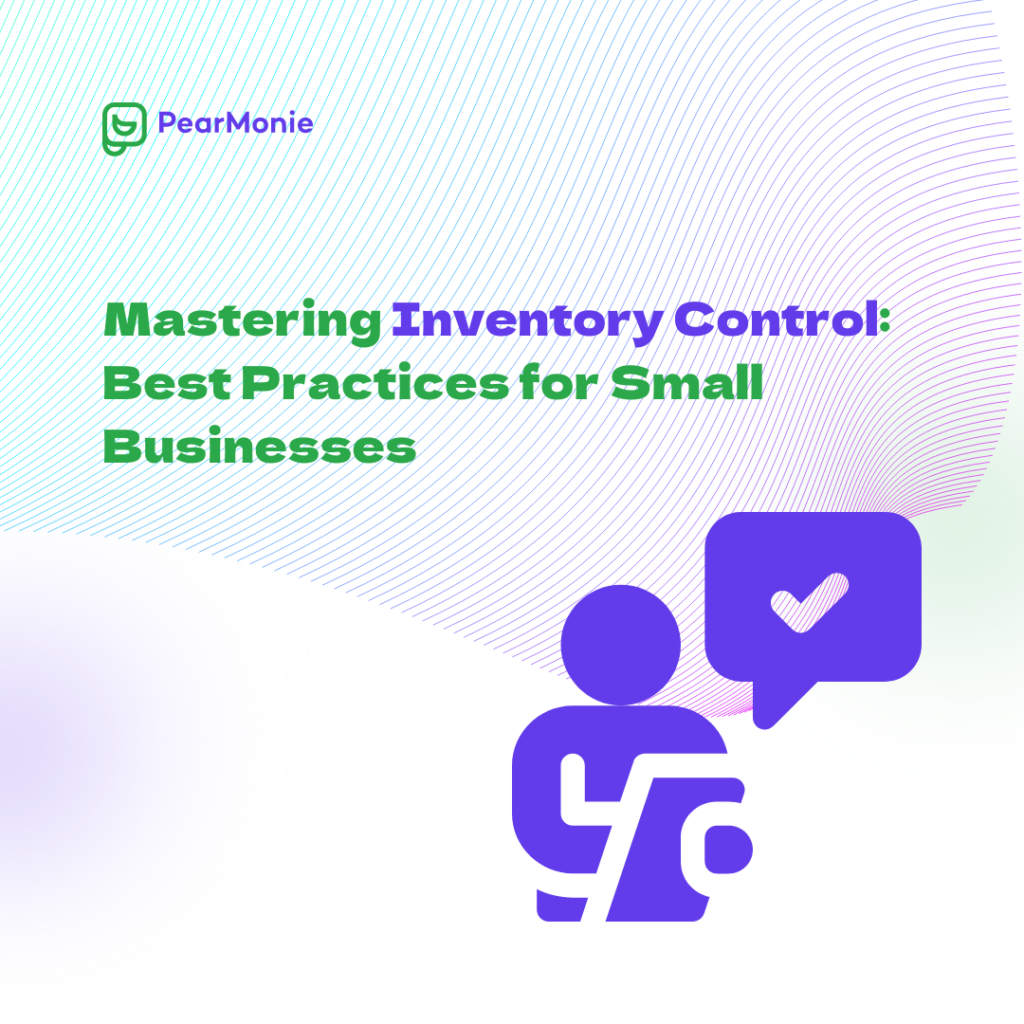As a small business owner, mastering inventory control is crucial for optimizing operations, minimizing costs, and maximizing profitability. In this blog post, we will guide you through the best practices and strategies to effectively manage your inventory. By implementing these techniques, you can streamline your processes, reduce stockouts, avoid overstocking, and make informed decisions to drive business success. Let’s dive in and master the art of inventory control!
Conduct Regular Inventory Audits:
Regular inventory audits are essential to maintain accurate inventory records. By physically counting and reconciling your stock with your records, you can identify discrepancies, detect theft or errors, and ensure that your inventory levels are up to date. Conducting audits on a regular basis, such as monthly or quarterly, helps you maintain control and accuracy in your inventory management.
Conduct Regular Inventory Audits:
Regular inventory audits are essential to maintain accurate inventory records. By physically counting and reconciling your stock with your records, you can identify discrepancies, detect theft or errors, and ensure that your inventory levels are up to date. Conducting audits on a regular basis, such as monthly or quarterly, helps you maintain control and accuracy in your inventory management.
Adopt Just-in-Time (JIT) Inventory Management:
Just-in-Time (JIT) inventory management is a strategy that aims to minimize excess inventory by receiving goods and materials just in time for production or customer demand. By implementing JIT, you can reduce carrying costs, optimize storage space, and improve cash flow. Work closely with your suppliers to establish reliable and efficient delivery schedules that align with your production or sales cycles.
Implement ABC Analysis:
ABC analysis is a method of categorizing inventory based on value, allowing you to prioritize items and allocate resources effectively. Classify your inventory into three categories: A (high-value, low-quantity), B (moderate-value, moderate-quantity), and C (low-value, high-quantity). By focusing on A items, you can ensure that you have sufficient stock of your most valuable products while optimizing storage space for C items.
Implement an Inventory Management System:
Utilize inventory management software tailored for small businesses to automate and streamline your inventory control processes. These systems provide real-time visibility into stock levels, enable demand forecasting, and facilitate order management. By leveraging technology, you can save time, make data-driven decisions, and enhance overall inventory management efficiency.
Conclusion
Mastering inventory control is vital for small businesses to optimize operations, reduce costs, and maximize profitability. By implementing best practices such as conducting regular audits, optimizing stock levels, leveraging inventory management software, and establishing strong supplier relationships, you can take control of your inventory and achieve greater efficiency. Embrace data-driven decision-making, utilize analytics, and streamline order fulfillment processes to enhance overall inventory control. With these best practices in place, you’ll be well on your way to mastering inventory control and driving business success.
